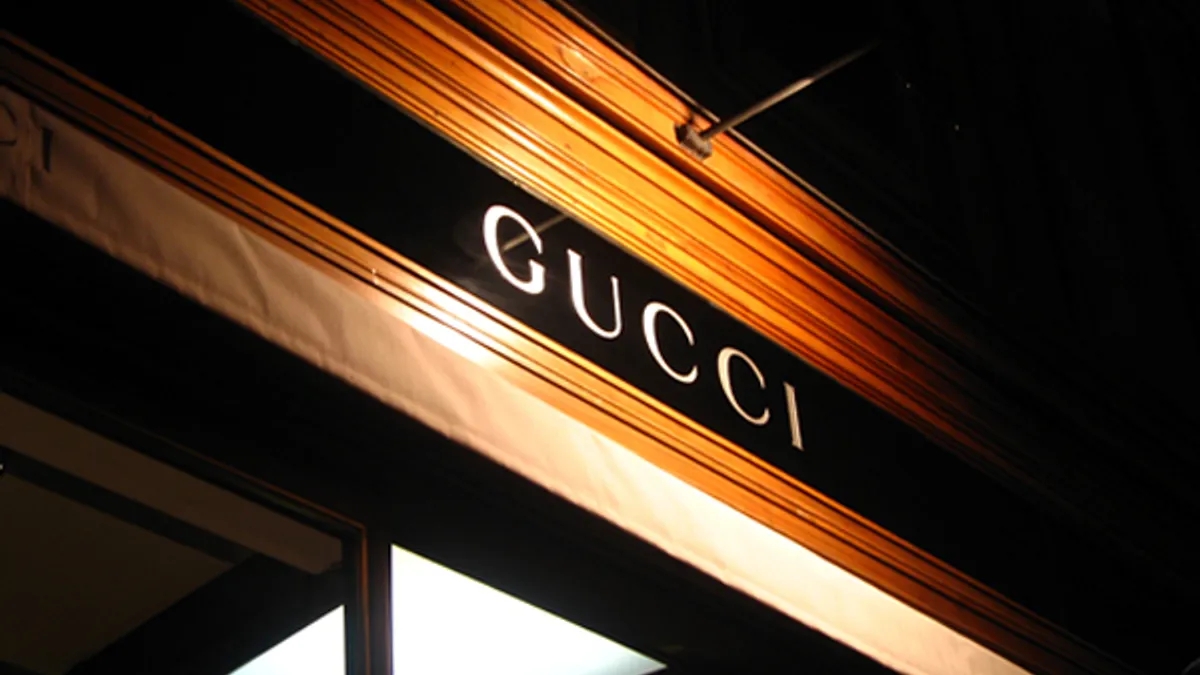It became pretty clear early this year that the COVID-19 pandemic would wreck the haute couture fashion calendar for at least the coming season. As the disease outbreak strangled the supply chain, cut off travel plans and scattered gatherings, designers' plans for various fashion weeks worldwide were thwarted.
But rather than plot a return to normal after the postponements and disruptions subside, several high-profile players have ushered in a revolution.
The abandonment of decades of industry tradition has come swiftly in recent weeks. In April, Saint Laurent, owned by Parisian luxury conglomerate Kering, announced on social media that it "will not present its collections in any of the pre-set schedules of 2020," saying the label "will take ownership of its calendar and launch its collections following a plan conceived with an up-to-date perspective, driven by creativity." Following suit, Marc Jacobs, during a Zoom-based discussion with Vogue covered by People magazine, said he'd called off his next show, citing practical reasons like a pandemic-induced dearth of fabrics and buyers' weak attendance at fashion shows.
Early in May, momentum continued to build with "An Open Letter to the Fashion Industry," reportedly instigated by fashion designer Dries Van Noten, that has garnered the signatures of several in the field. The letter calls for "adjusting the seasonality and flow of both womenswear and menswear goods, starting with the Autumn/Winter 2020 season," for sustainability reasons as well as to protect creativity and the ability to charge full price. Members of several fashion houses, including Altuzarra, Carolina Herrera, Rodarte and Chloé, plus others adjacent to the industry, including Nordstrom President and Chief Brand Officer Pete Nordstrom, Copenhagen Fashion Week CEO Cecilie Thorsmark and fair trade group Make Manhattan Fair, among many others, have attached their names.
But when Kering-owned Gucci made a similar announcement later this month, it became clear to several observers writing in the fashion press that the idea has taken hold. Sharing a series of diary entries reflecting on how the pandemic has influenced his thoughts about his work, Gucci Creative Director Alessandro Michele said he no longer wanted to be "constrained by the tyranny of speed."
That is set to reverberate throughout the apparel trade and beyond, according to GlobalData Lead Retail Analyst Sofie Willmott.
"The luxury fashion industry revolves around the twice-yearly major catwalk shows for spring summer and autumn winter collections and the alterations will ripple through the retail market affecting buying cycles, range planning, store stock, marketing campaigns and other related industries including publishing, PR, event planning, travel and so on," she said in emailed comments this week.
Moreover, the sustainability concerns cited in many of these announcements are also coming from consumers themselves, Willmott noted. That is leading shoppers, especially younger ones, to buy or even rent used apparel and indicates that they are less interested in the newness that has propelled fast fashion retailers for decades.
"Changes driven by sustainability concerns are coming from both ends of the fashion market. While some luxury brands are showing willingness to move away from ostentatious fashion shows and seasonal launch cycles, young consumers are increasingly comfortable buying second hand clothing with marketplaces like Depop soaring in popularity," she said. "Consequently, retailers operating in all parts of the retail market, that have previously been able to capitalise on consumers' desire for newness and trend pieces, should be prepared for fast fashion to start slowing down."
Thomai Serdari, a marketing and branding professor at New York University's Stern School of Business, and author of the forthcoming book "Rethinking Luxury Fashion: The Role of Cultural Intelligence in Creative Strategy," agrees that the signals coming from luxury houses "will have a snowball effect on the rest of the fashion industry." But, while the pandemic seems to have ignited this movement, it really has only accelerated it, she told Retail Dive in an email.
"The industry needed to face the challenge of operating on a structure that had been set in the middle of the 20th century and had become completely obsolete," she said. That's due to new ways of shopping — "online, instant gratification, chasing cool items, and waiting for the latest 'drop.'" But climate change and globalization have also rendered seasons meaningless, initiating demand for just "two main concepts, for something lighter and something heavier, and seasonless layers in between."
Serdari is not so sure, however, that this pivot by haute couture dooms fast fashion. The original innovator in the space, Zara, for example, has the scale, "customer-based intelligence and regional customization" to keep up with it, she said.
Still, without the regular displays of new work that have informed the segment's knock-offs, those retailers will have to "work a little harder," she said. "It's not as easy to copy if you don't have a long horizon between the announcement of a look and when it hits the stores."





















